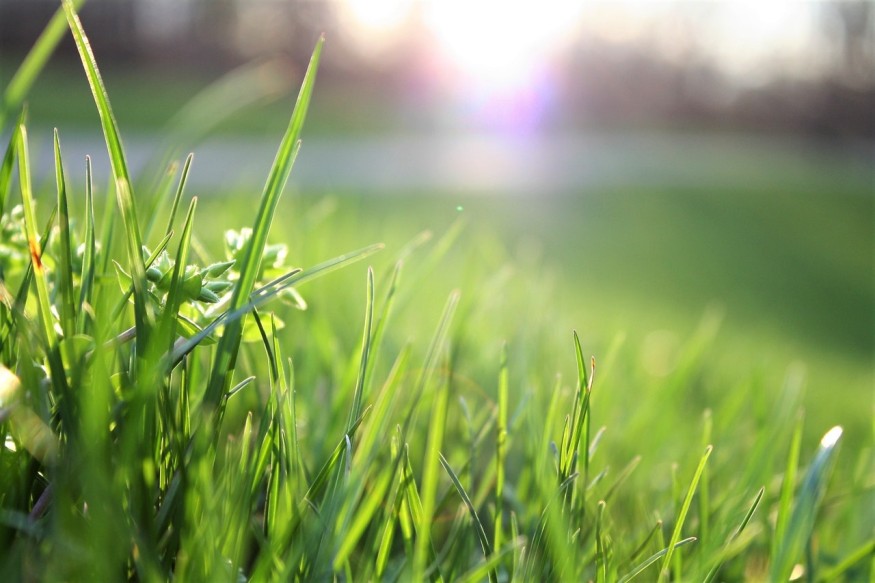
Maintaining your lawn and preparing it for the fall is essential. Lawn care can help you promote root growth. It also keeps your lawn healthy in the spring.
If you're unsure where to start, here are some lawn maintenance tips.
Mow
Grass continues to grow into the fall. Letting it do so will only lead to matting under the snow. This can cause a greening delay in the spring.
The turf could also suffer from snow mold. This is characterized by white or pink patches on the lawn.
We recommend moving several times until the grass stops growing from November to February. Also, don't mow too early in the morning so the dew can evaporate.
When mowing, ensure you are not cutting too high or too low.
Cool Season Grasses (2 to 2 ½ inches in Moving Height)
- Kentucky Bluegrass
- Ryegrass
- Fescue
Warm Season Grasses (1 ½ to 2 inches in Mowing Height)
- Bahia
- Bermuda
- Buffalo
- Carpet
- St. Augustine
READ ALSO: 5 Fool-Proof Gardening Tricks to Ensure Huge Harvests This Season
Aerate
When you aerate the lawn, you are helping loosen up heavily compacted soil. You are also giving space for nutrients to penetrate the roots.
Common causes of compacted soil include foot traffic, leaves, and snow.
There are two ways to aerate a lawn. Core aeration uses a machine or hand tool to remove soil plugs without disturbing the surrounding soil. Spikes force holes but compact the soil sideways.
Remove Leaves
Leaves and pine cones drop during the fall season. Leaving these on the lawn will block the sunlight and starve the lawn. It will also trap moisture.
To prevent this, rake leaves and debris on a rolling basis. Also, do not let the debris pile up on the lawn. Instead, rake them to a hard surface.
You can also feed leaves and twigs to a mulcher. This creates a natural fertilizer that can improve the nutrient content of the soil. Mulch also prevents weed growth.
Overseed
Overseeding helps fill in bald spots and also makes existing grass thicker. Overseeding also reduces the space available for weeds. This reduces the need for herbicides. It also keeps your lawn healthy and lush.
RELATED ARTICLE: 5 DIY Repellents To Keep Your Garden Pest-Free
© 2026 Realty Today All rights reserved. Do not reproduce without permission.



